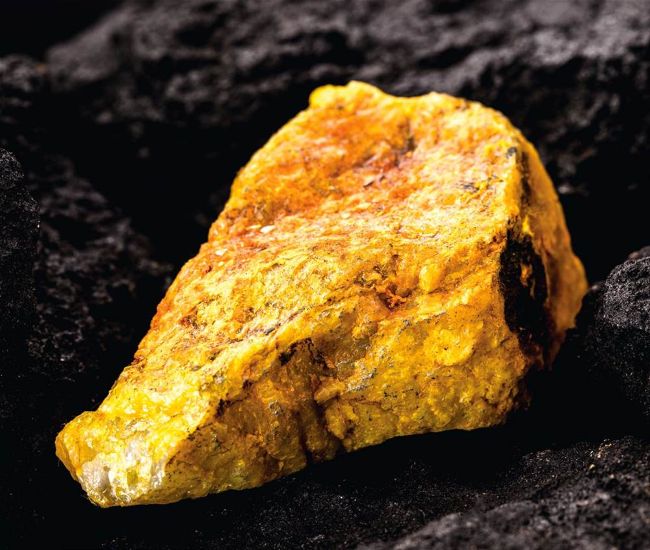HOW A GEIGER COUNTER WORKS
These handy devices measure radiation levels, producing an iconic clicking sound
WORDS SCOTT DUTFIELD

Testing barrels for radioactive material
DID YOU KNOW? More than 250,000 million tonnes of radioactive waste currently sits in storage globally

Uranium ore is a source of ionising radiation
A Geiger counter, also known as the Geiger–Müller tube or G-M tube, is an inexpensive and useful instrument used to quickly detect and measure radiation. There are two types of radiation: non-ionising and ionising. Forms of non-ionising radiation, such as microwaves, have enough energy to shake atoms around, but not enough to knock electrons off them and change their composition. Ionising radiation, on the other hand, can strip atoms of their electrons in a process called ionisation. As a result, an ion pair is formed –a positively charged atom and a negatively charged electron. A Geiger counter exploits the natural process of ionisation to detect and measure radiation.